BC's New Transit-Oriented Development Legislation Will Be A Game-Changer in Housing Availability
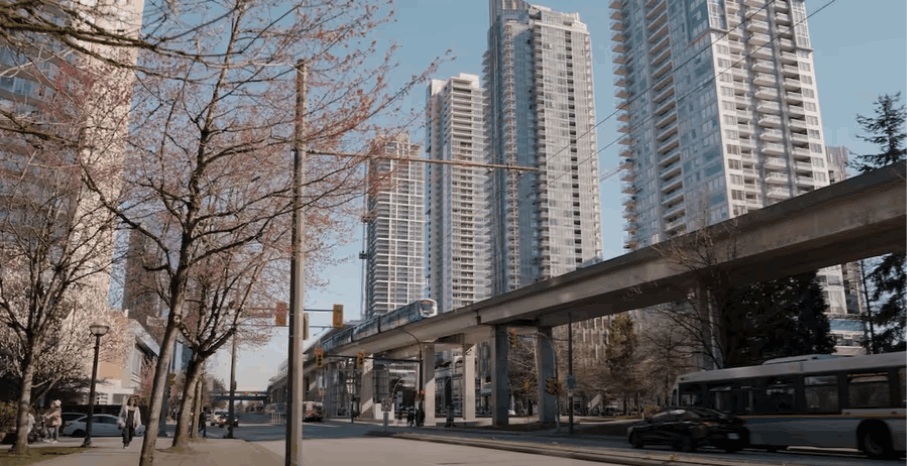
In a bold move, the British Columbia provincial government has unleashed a series of legislative changes aimed at transforming the landscape of housing and transit development. At the forefront of these ground breaking initiatives is the Transit-Oriented Development (TOD) legislation, a game-changing move that extends its influence not only in Metro Vancouver but also to major urban regions and cities boasting significant public transit services.
The basis of this legislative overhaul centers around major transit hubs, now officially designated as Transit-Oriented Development (TOD) areas. Within a 200-meter radius of a SkyTrain station, developers are empowered to build a minimum 20-storey tower with a 5.0 floor area ratio (FAR) density, creating a significant increase in residential capacity. An integral aspect of this progressive move is the elimination of minimum vehicle parking requirements within these TOD areas, signaling a shift towards sustainable and transit-centered living.
Municipal governments are required to align their bylaws and policies with this legislation until June 2024. Beyond the TOD, the reforms span from overhauling single-family zoning to simplifying community amenity contributions (CAC's) and other development-related fees. However, certain land uses remain exempt, reflecting a nuanced approach to reshaping the housing landscape in British Columbia.
Despite receiving widespread support, concerns have been voiced, particularly by TransLink’s Mayors’ Council, emphasizing the urgent need for additional funding to meet the growing public demand for transit services.
Vancouver, over the years, has faced criticism for maintaining low residential densities around some of its oldest transit stations, notably 29th Avenue and Nanaimo on the Expo Line and King Edward Station on the Canada Line. This critique emphasizes the need for more strategic and denser housing development around transit hubs.
Vancouver Mayor Ken Sim expressed appreciation for the province's proactive stance in enabling more housing near transit hubs. Aligning with the shared vision for a sustainable future, the Mayor anticipates collaborative efforts to implement the new regulations thoughtfully.
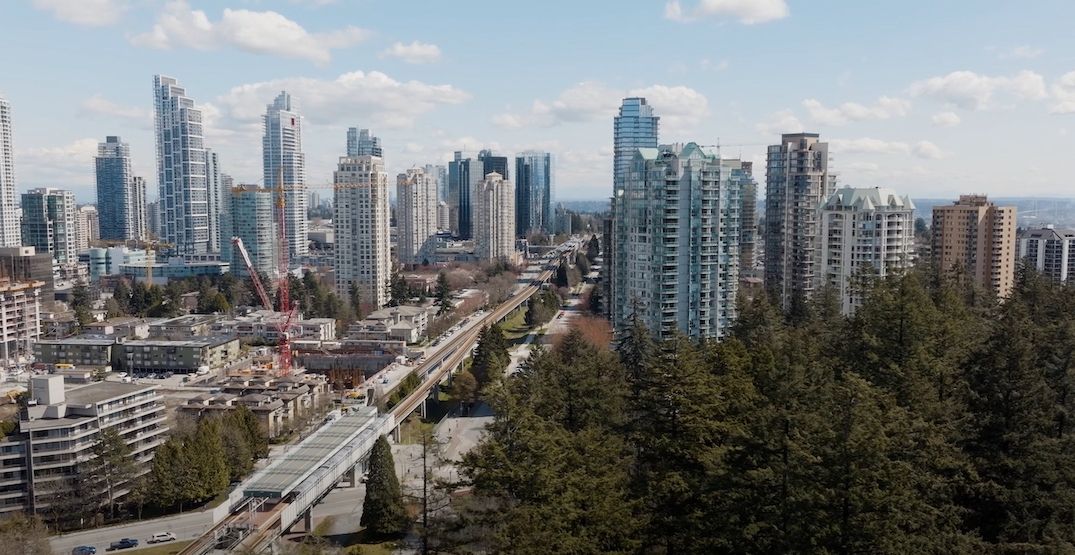
The impact of these legislative changes extends beyond housing, with a profound focus on prioritizing the construction of homes near transit hubs. This strategic alignment is expected to yield multifaceted benefits, not only for residents but also for businesses and the environment. Many already hail Metro Vancouver as a leader in transit-oriented development in North America, and these changes are set to fortify this position.
In essence, BC's Transit-Oriented Development Legislation represents a shift in urban living, propelling the region towards a more sustainable, transit-centric, and densely developed future. The province's strategic approach and collaborative efforts are key as they navigate the intricate balance between housing, transit, and environmental considerations.
Read the full article here by Kenneth Chan: https://dailyhive.com/vancouver/bc-transit-oriented-development-legislation-metro-vancouver-translink-reactions
Categories
Recent Posts


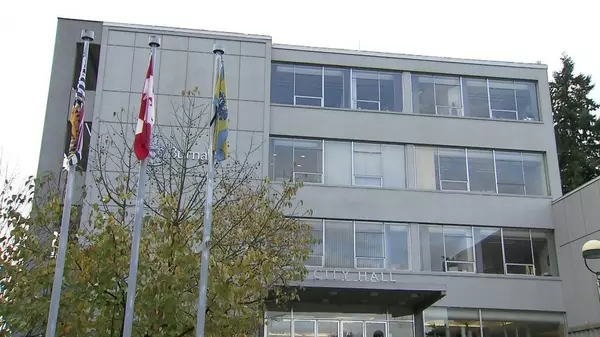
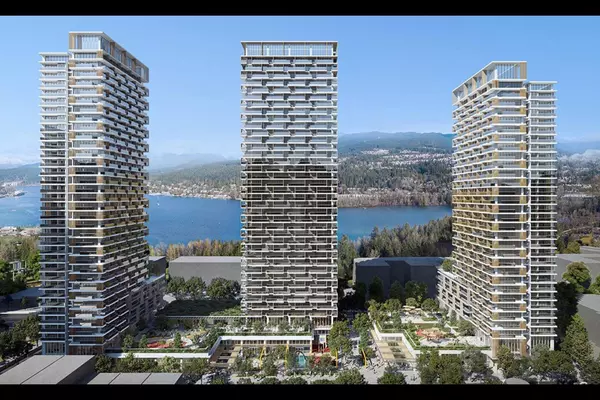
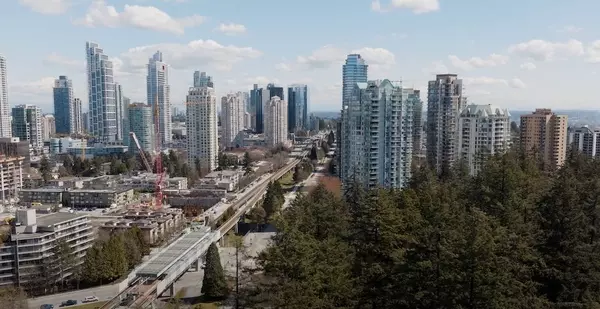
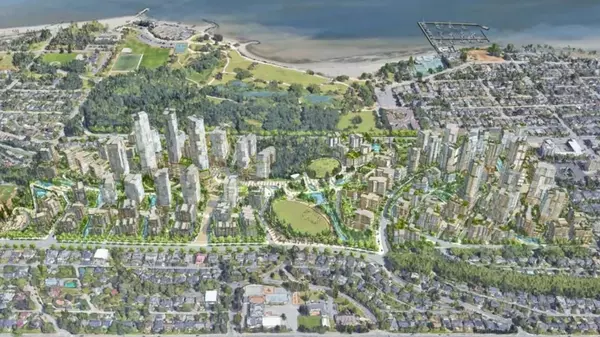
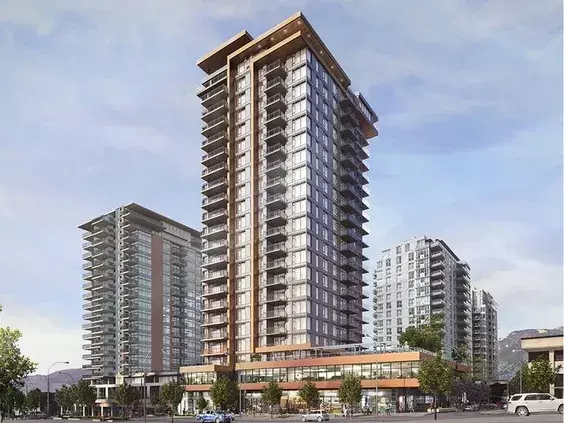
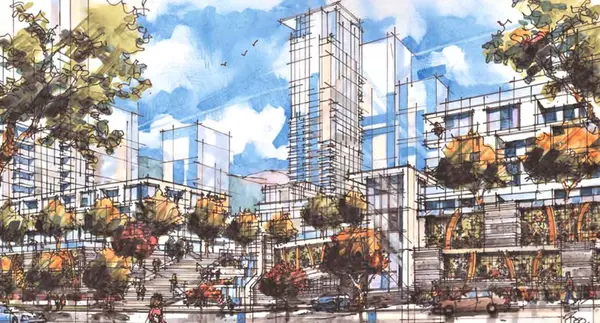


LOOKING TO BUY, SELL OR INVEST IN REAL ESTATE?

